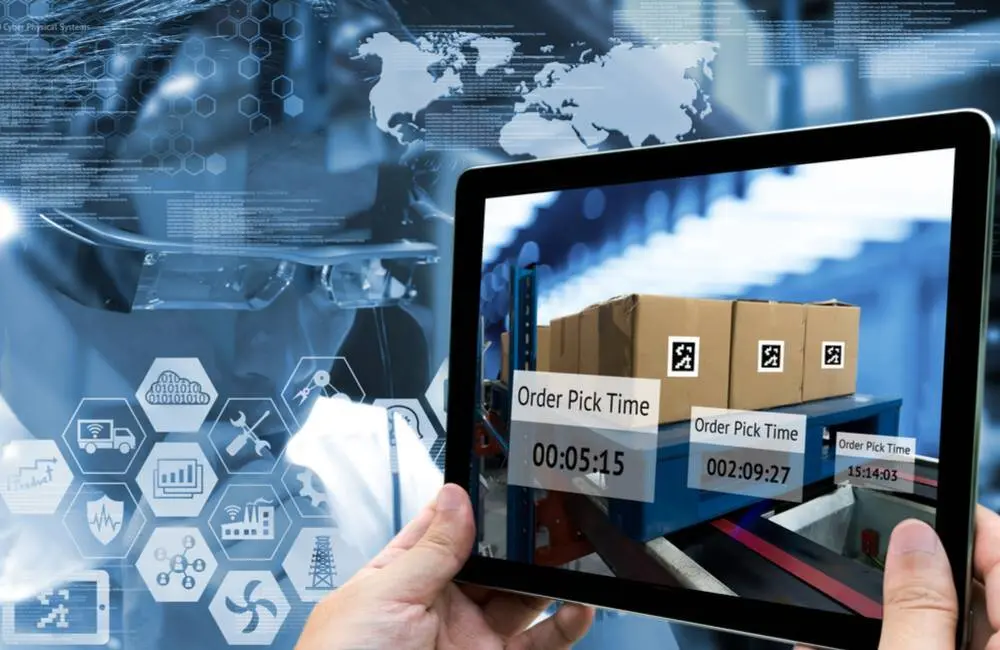Supply chains generate enormous amounts of data. Innovative companies like Amazon have been trailblazers in turning that data into actionable insights.
The Seattle-based company provides perhaps the best-known example of what data-driven online retailers can accomplish. The company’s innovations in supply chain have led other businesses to make changes to keep pace. This creates healthy competition in an industry where the speed of delivery can separate winners from losers.
That’s driven a need for more data analysts working in supply chains.
Data-Driven Strategies
The enormous amounts of data generated from the transportation, storage, and the sale of products lends itself to the application of data-driven strategies in supply chain management.
These data points include:
- The initial online sale
- The pricing of the item (as compared to competitors)
- On-shelf availability
- Transportation methods, cost, and point of origin
- Traffic density
- Weather conditions
- The point of destination for delivery
That’s just a sample. Deciding on the best route, transportation method, and time of day to deliver a product from a warehouse in Memphis to a home in Miami requires the analysis of vast amounts of data, all with a goal of making choices that lead to speedy, accurate deliveries.
Amazon And Supply Chain Innovation
Amazon continues to be a leader in perfecting all aspects of supply chain. Their innovative strategies are helping to improve supply chain management. Other companies strive to keep pace or do better.
Relay
An app that allows drivers to pre-check in before picking up a delivery. It means drivers spend less time checking in “manually” at the gate and it gives Amazon more tracking information on the location of deliveries.
Transport
Amazon announced the opening of an air carrier hub in Cincinnati this year and already uses a fleet of trucks. This helps reduce dependence on FedEx or UPS and gives Amazon more control of the supply chain and related data from start to finish.
Robotic Automation
Amazon has invested in robots for use in warehouses, attempting to make warehousing tasks more efficient.
Innovation Encourages Competition
Inspired by companies like Amazon, more businesses are working to refine these innovations or come up with new ways that the analysis of data can be incorporated into successful supply chain management.
Real-time tracking
Here, the Internet of Things (IoT) comes into play. It’s now possible, through the use of sensors, to track issues such as the real-time location of every type of transport along the supply chain and the amount of each item available in the warehouse.
Sales tracking
Does a business sell more products on the typical Tuesday than it does on a Thursday? When do people most often buy meat, beer or fresh vegetables? Data collected over extended periods of time can be analyzed and help businesses know the amount of inventory needed for certain items at certain times.
Transparency
An example of transparency in supply chain is the use of sensors to track fish from the moment they are caught until they reach the grocery store shelf. This cuts down on illegal fishing and allows consumers to know the origin of the fish they eat.
Processing Time Analytics
Processing time is at the heart of the supply chain, as analysts look deeper into the details of why some deliveries arrive late. This type of analysis can determine where the kinks are along the supply chain and even use predictive analytics to determine in advance the situations where orders are likely to come in late.
Why Big Data in Supply Chain is Important
A recent survey by supply chain analytics company Logility found that 30% of the 1,000 supply chain providers surveyed said improvements need to be made in the speed and accuracy of their deliveries. Many also reported still using legacy supply chain systems that don’t incorporate big data.
The areas of need reported in the survey correspond to areas where data analysts and big data can help. For example, optimizing inventory to balance supply and demand, responding faster to customers, blending data from multiple systems to get a more accurate supply chain picture and using machine learning to improve the accuracy of company forecasts.
Both those in academia and industry can combine efforts to develop methods of incorporating big data use in supply chains, according to a study published in 2018 in ScienceDirect. For those interested in a career in data analytics, it’s an industry looking for this generation’s top talent.
